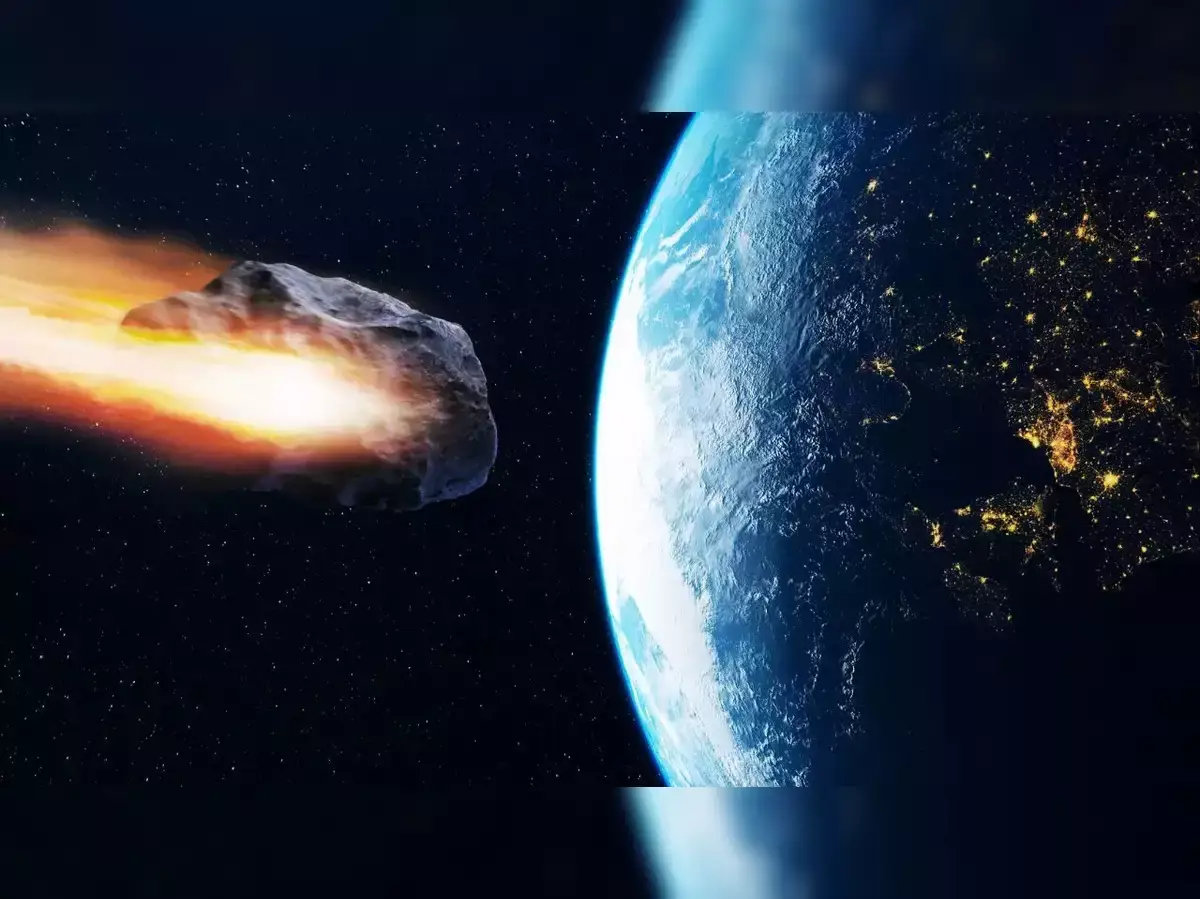Curious minds want to know: a giant asteroid is zooming past Earth this August—but scientists say it’s safe. Here’s your ultimate guide to the flyby and why it matters.
🧠 What’s the Story?
NASA has confirmed that two asteroids—2025 OC6 and 2025 OW3—will make close but safe flybys of Earth on August 3, 2025. These space rocks span sizes ranging from 25 to 64 feet—about the size of a bus or small house. OC6 is expected to pass at around 1.5 million miles (≈ 6 lunar distances), while OW3 will zoom by at about 1.8 million miles. The asteroids travel at speeds over 10,000–30,000 mph but pose no threat whatsoever.
🔭 Why It Won’t Be Dangerous
- Neither asteroid qualifies as potentially hazardous: that classification requires both sufficient size (≥85 m) and a flyby within 4.6 million miles.
- Trajectory and timing of these asteroids are well-modeled. NASA confirms the orbit predictions are reliable, with minimal future uncertainty.
🛰️ How NASA Tracks These Objects
- CNEOS (Center for Near-Earth Object Studies) at NASA’s JPL plots trajectories of thousands of asteroids using ground telescopes and radar systems like Goldstone and Arecibo.
- Data from observatories is sent to the Minor Planet Center, then analyzed for risk assessment.
- NASA publishes regular updates on their Planetary Defense blog to ensure transparency and public awareness .
🔍 What Experts Say
Ian J. O’Neill (JPL media relations) explained:
“This is very routine… If there was a threat, you would hear from us”
Davide Farnocchia (CNEOS) added:
“Close approaches happen all the time—it’s just part of the fabric of the solar system.” He also noted that an impact from an asteroid 2025 OW’s size only occurs roughly once every 10,000 years.
🌌 Why It Matters: Science Behind the Spectacle
- These flybys give astronomers opportunities to study asteroid composition, spin, and reflectivity.
- Each observation helps improve future prediction accuracy—crucial for planetary defense.
- Although this event is safe, it highlights the importance of continuous vigilance given the number of undetected asteroids safeguarded behind the glare of the sun or hidden near Venus’s orbit.
⚠️ What Should You Know?
| Event | Size Estimate | Closest Approach | Threat Level |
|---|---|---|---|
| Asteroid 2025 OC6 | ~25 ft | ~1.5 million miles | Safe |
| Asteroid 2025 OW3 | ~64 ft | ~1.8 million miles | Safe |
These distances are many times farther than the Moon and well outside any danger zone.
🔮 What’s Coming Next?
While August 2025’s asteroids pose no risk, keep an eye on asteroid 99942 Apophis—expected to pass at just 38,000 km (~24,000 mi) in April 2029, closer than our geostationary satellites. Scientists are excited because Apophis will be visible to the naked eye—a rare cosmic spectacle.
No Panic, But Watch the Skies
- No immediate danger, according to NASA.
- The August flybys are part of a growing list of NEO passes; they remind us of Earth’s vulnerability and the importance of asteroid tracking.
- Every flyby is a lesson in planetary defense, preparation, and space science.


Leave a Reply